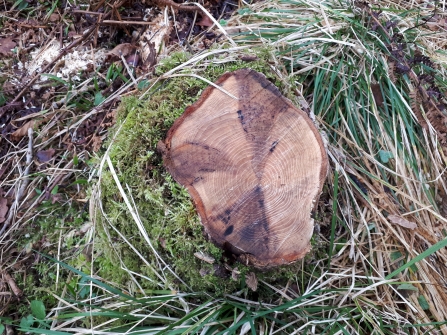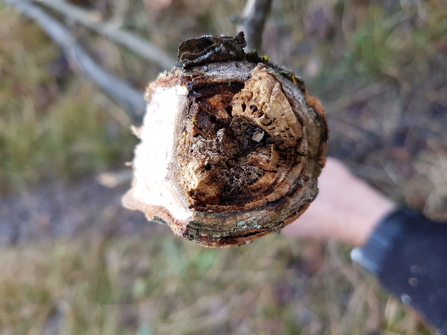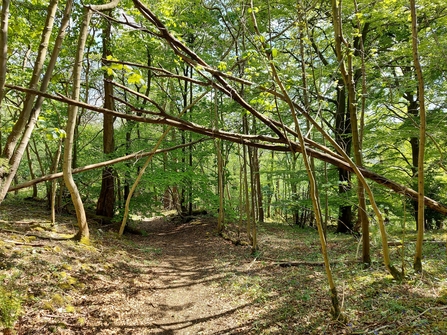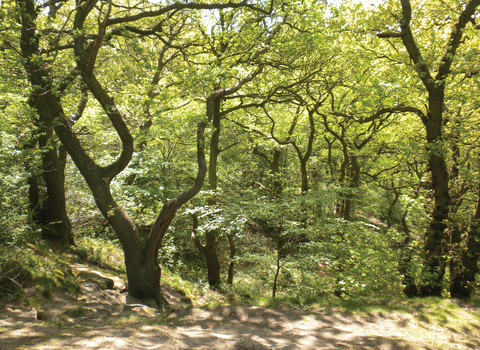One of the most common species in Britain, growing to 35 metres at maturity, ash trees can be widely seen growing in woodlands, hedges and fields. They can live up to 350 years, and their long lifespan means they are vital for a huge a range of species – from birds like woodpeckers and nuthatches using the trunks to nest in, to lichens and mosses on the bark, and deadwood specialists like bugs and beetles.
In fact, it is estimated that the average ash tree can support up to 955 species, 45 of those being species that are only found on ash trees!
The mighty ash tree is a staple species of the Yorkshire Dales, found in swathes of ancient semi-natural ash woodland that supports many rare species, but for the last 10 to 15 years it has been under threat from a non-native invasive fungus.




